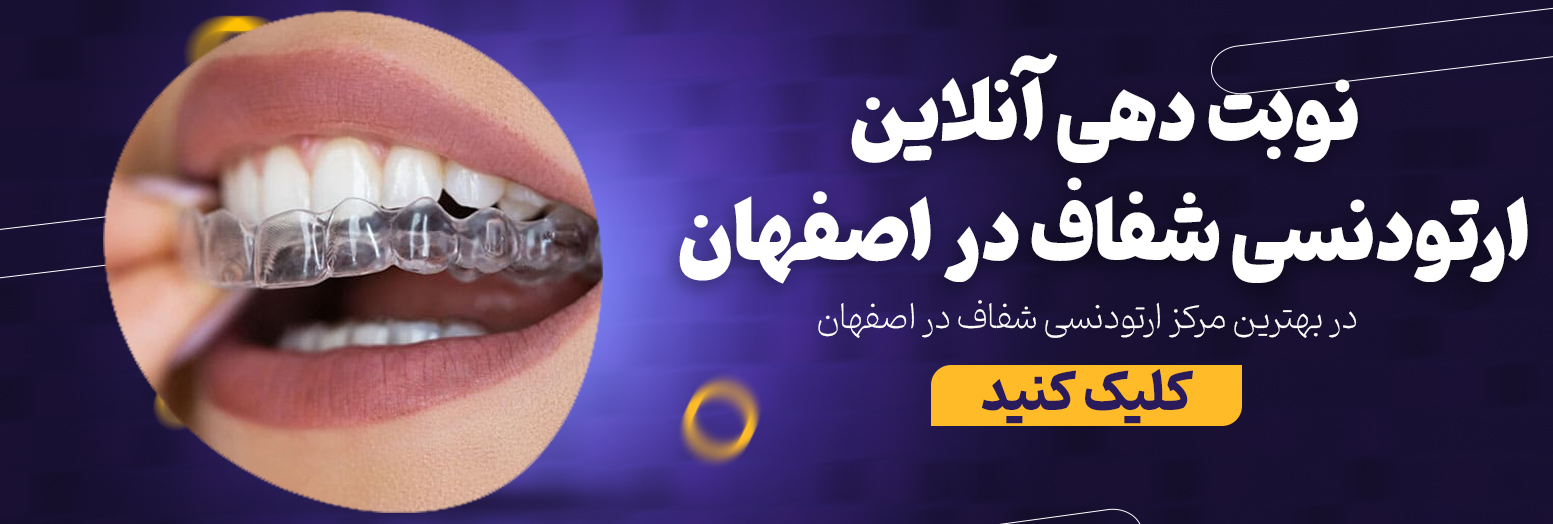The Role of 3D Printing in Manufacturing Custom Dental Aligners
페이지 정보

본문
Dental labs produce custom aligners using 3D printing by first gathering intraoral digital records of a patient’s teeth. Instead of relying on conventional impression trays, dentists use advanced digital scanning devices to capture accurate, full-arch 3D images of the mouth. These CAD-ready scans are then transmitted to the lab to the dental laboratory, where skilled technicians utilize specialized orthodontic planning software to simulate sequential realignment stages over the course of treatment. The software breaks down alignment into incremental milestones, with each step representing a specific phase of dental repositioning.

Once the treatment plan receives dental practitioner sign-off, the lab generates the production-ready STL files for 3D printing. Using a high-precision industrial 3D printer, the lab produces a a sequence of anatomical replicas, each corresponding to a single treatment stage. These models are milled using medical-grade photopolymer, chosen for its strength and non-toxic properties to ensure safe intraoral contact.
After printing, the lab drapes a thin, transparent thermoplastic sheet over each model. Through a process involving thermal softening and suction molding, the material molds flawlessly around each tooth position to create a individually tailored correction device. Each aligner is then hand-finished and polished to a smooth finish to ensure a seamless oral experience. The aligners undergo multi-point accuracy checks before being prepared for shipment and dispatched to the treating clinic for patient distribution.
This entire workflow enables highly targeted orthodontic control while maintaining batch-to-batch reliability. Since every aligner is directly printed from a digital blueprint, each aligner remains identical to its digital counterpart, and quick revisions can be implemented if treatment deviates. Additionally, ارتودنسی_شفاف 3D printing accelerates manufacturing cycles, allowing patients to receive their aligners sooner. As additive manufacturing advances, laboratories are perfecting this process to deliver more accurate, efficient, and comfortable orthodontic solutions.
- 이전글Clear Aligner Discomfort: Proven Prevention Tips 25.10.10
- 다음글Aligners and Digital Workflow Integration: Best Practices 25.10.10
댓글목록
등록된 댓글이 없습니다.

